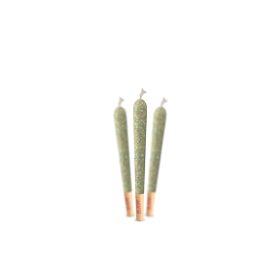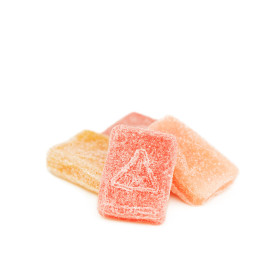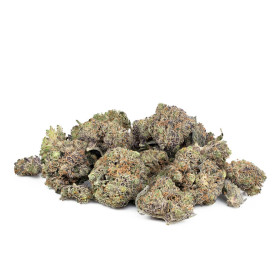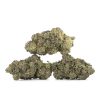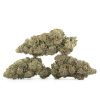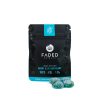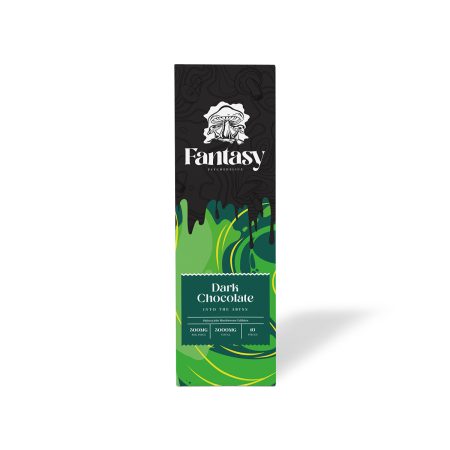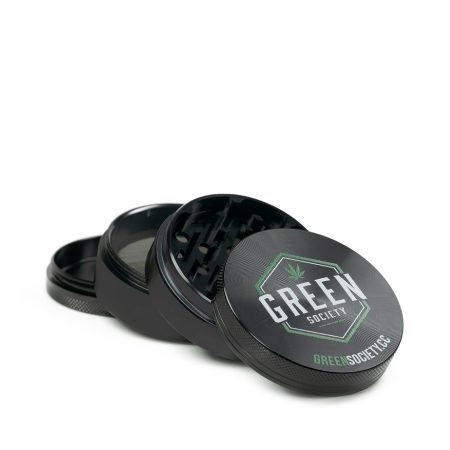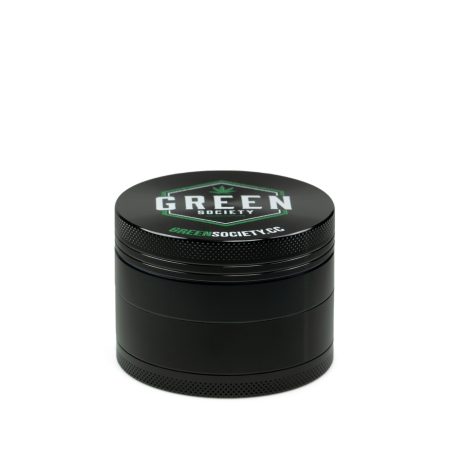Marijuana
How to Identify Quality Cannabis: A Step-by-Step Guide
Over 80 percent of cannabis users admit they struggle to tell the difference between top-shelf buds and average options. Knowing how to judge quality cannabis makes every experience safer, richer, and more enjoyable. Whether you are new or seasoned, mastering visual, aromatic, and textural cues gives you confidence to choose products that deliver real results.
Table of Contents
- Step 1: Prepare Your Senses And Research Strains
- Step 2: Inspect The Visual Appearance Closely
- Step 3: Assess The Aroma And Terpene Profile
- Step 4: Evaluate Texture, Density, And Moisture
- Step 5: Test For Potency, Purity, And Freshness
Quick Summary
| Key Point | Explanation |
|---|---|
| 1. Train your senses for quality cannabis | Develop your ability to identify visual, olfactory, and textural markers of high-quality cannabis. |
| 2. Conduct a thorough visual inspection | Look for vibrant colors and trichomes; avoid brown or dull specimens that indicate poor quality or storage. |
| 3. Assess aroma and terpene profiles | Inhale deeply to discern complex aromas that reflect strain characteristics and potential effects. |
| 4. Evaluate texture and moisture content | Cannabis should feel slightly sticky and compact, indicating proper curing and optimal moisture levels. |
| 5. Check Certificates of Analysis for potency | Review detailed lab results to ensure proper THC, CBD levels and safety from contaminants. |
Step 1: Prepare Your Senses and Research Strains
Understanding cannabis quality begins with developing your sensory skills and gaining knowledge about different strains. In this step, you will learn how to evaluate cannabis through visual, olfactory, and textural assessment while building foundational research about strain characteristics.
Start by training your senses to recognize quality cannabis markers. According to ichstandards.org, professional cannabis grading involves examining multiple quality indicators. Look for vibrant green or deep purple buds with visible trichome coverage. High-quality cannabis should have a rich, complex aroma ranging from earthy and woody to citrusy and sweet.
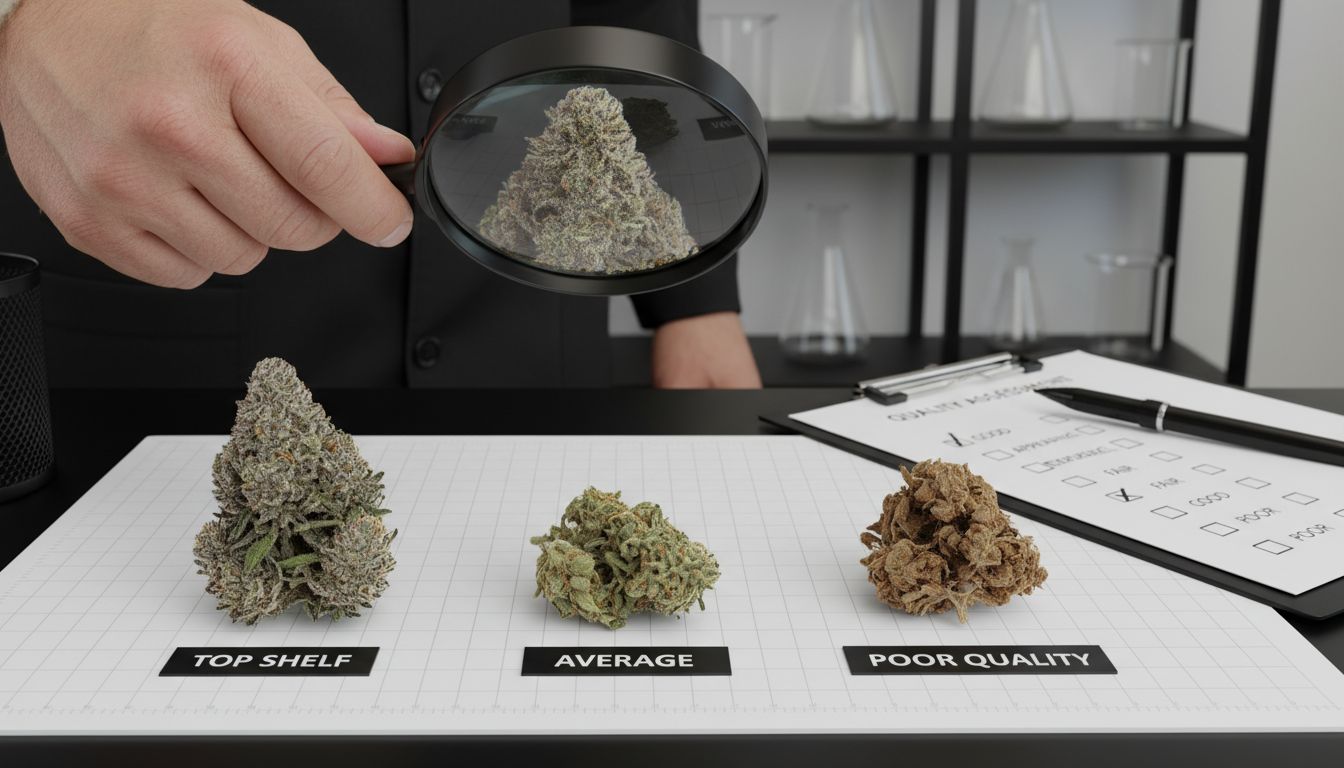 Gently handle the cannabis to assess its texture. Premium cannabis will feel slightly sticky but not wet, with dense but not compressed buds that break apart easily.
Gently handle the cannabis to assess its texture. Premium cannabis will feel slightly sticky but not wet, with dense but not compressed buds that break apart easily.
As you explore different strains, refer to resources like our guide on understanding Indica vs Sativa to learn about genetic variations. Each strain offers unique characteristics that impact aroma, effects, and overall experience. Research strain backgrounds by checking genetic lineage, typical THC and CBD percentages, and recommended usage. Pro tip: Always purchase from reputable sources that provide detailed strain information and lab testing results.
In the next step, you will dive deeper into microscopic evaluation and advanced quality assessment techniques.
Step 2: Inspect the Visual Appearance Closely
Visual inspection is a critical first step in assessing cannabis quality. According to unodc.org, cannabis appearance is influenced by multiple factors including genetic strain and environmental conditions.
Begin by examining the cannabis under good lighting. Look for rich color variations that indicate maturity and proper cultivation. High-quality cannabis typically displays deep green hues with potential purple or amber undertones. The presence of sparkling trichomes signals potency. ichstandards.org recommends focusing on color consistency and crystal-like resin coverage as key visual quality indicators. Avoid cannabis with brown discoloration, which suggests age or poor storage. Healthy buds should appear vibrant and have a uniform structure without excessive stems or leaf material.
Careful visual assessment reveals much about cannabis quality.
Examine the density and structure of the buds. They should be compact but not overly compressed, with a slightly sticky appearance indicating proper moisture content. Watch for signs of mold or unusual discoloration. Pro tip: Use a magnifying glass for detailed inspection if possible. This allows you to see trichome quality and check for any potential contaminants.
In the next step, you will explore how to evaluate cannabis through its aromatic profile.
Step 3: Assess the Aroma and Terpene Profile
Aroma and terpene assessment is a sophisticated method for understanding cannabis quality and potential effects. According to nj.gov, terpenes play a crucial role in defining a cannabis strain’s unique characteristics and potential therapeutic benefits.
Gently cup the cannabis and inhale deeply to evaluate its aromatic profile. High-quality cannabis will present a complex bouquet of scents ranging from earthy and woody to citrusy and floral. Different terpene combinations create distinctive aromas that hint at the strain’s potential effects. Learn more about these fascinating compounds in our guide on understanding terpenes. Experienced consumers can identify specific terpene notes like pinene (pine-like), limonene (citrus), or myrcene (musky), which contribute to the overall sensory experience.
Pro tip: When examining terpene profiles, remember that fresh cannabis should have a strong, clear aroma. Weak or musty smells might indicate age or improper storage. nj.gov recommends reviewing Certificates of Analysis to understand detailed terpene percentages and potential effects. Trust your nose and look for rich, vibrant scents that suggest recent harvesting and proper curing.
In the next step, you will learn how to evaluate cannabis texture and moisture content.
Step 4: Evaluate Texture, Density, and Moisture
Understanding the physical characteristics of cannabis is crucial in determining its overall quality and freshness. ichstandards.org provides comprehensive guidelines for assessing cannabis through its structural and textural attributes.
Carefully handle the cannabis buds to evaluate their density and moisture content. High-quality cannabis should feel slightly springy and sticky when touched, with a well-formed structure that maintains its shape. Gently squeeze a bud between your fingers. Premium cannabis will have a subtle resistance that indicates proper curing. Avoid buds that feel too dry and crumbly or excessively moist and spongy. These extreme textures suggest poor storage or improper harvesting techniques.
Pro tip: When assessing moisture, look for a delicate balance. The buds should have a subtle sheen of trichomes that gives them a slightly sticky feel without being wet. If the cannabis leaves a sticky residue on your fingers, it suggests a healthy trichome profile. If it disintegrates immediately or feels brittle, it may be old or improperly stored. Always store cannabis in airtight containers to maintain optimal moisture and preserve its quality.
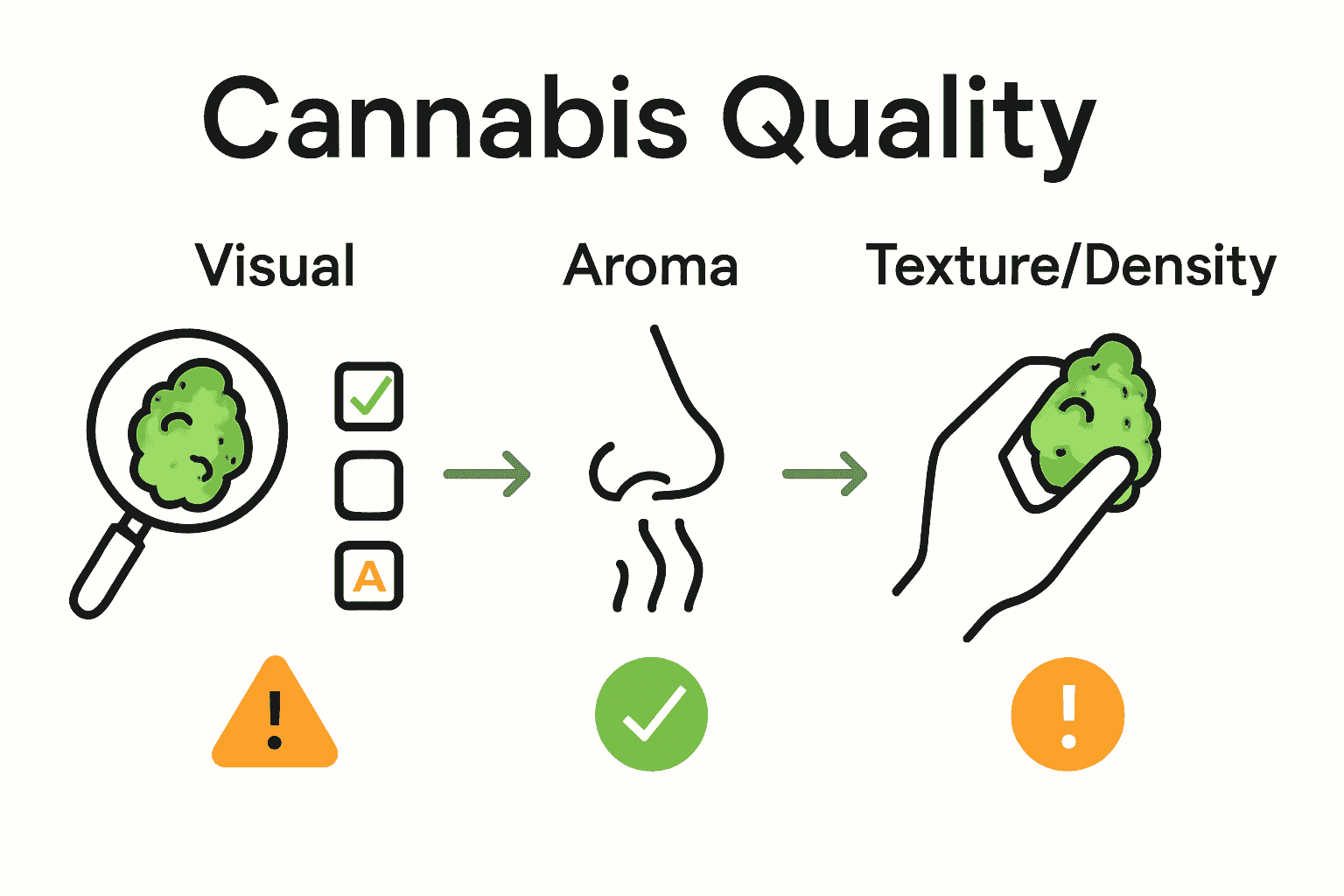
In the next step, you will learn about advanced techniques for examining cannabis potency and quality.
Step 5: Test for Potency, Purity, and Freshness
Verifying the quality of cannabis requires careful examination of its potency and purity. According to nj.gov, Certificates of Analysis are critical tools for understanding a cannabis product’s safety and regulatory compliance.
To accurately assess potency, review the Certificate of Analysis, which provides detailed information about THC and CBD percentages. Learn more about the importance of third party testing in our guide on understanding testing standards. Pay close attention to cannabinoid concentrations and terpene profiles. nj.gov recommends checking for potential contaminants like pesticides, heavy metals, and microbial impurities that could compromise product safety.
Pro tip: Fresh cannabis should have vibrant characteristics. Look for consistent color, intact trichomes, and a strong aromatic profile. Avoid products with signs of degradation like discoloration, excessive dryness, or weak scent. Always purchase from reputable sources that provide transparent testing documentation and clear potency information.
In the next step, you will learn how to make an informed final assessment of cannabis quality.
Discover Quality Cannabis with Confidence at GreenSociety.cc
Navigating the world of cannabis to find premium products can be confusing and frustrating. This step-by-step guide on identifying quality cannabis highlights key challenges like assessing potency, aroma, texture, and purity. You want to avoid poor storage, weak scent, or unreliable potency information. At GreenSociety.cc, we understand these concerns and prioritize offering thoroughly tested, fresh cannabis products backed by transparent Certificates of Analysis.

Ready to experience cannabis that meets your exacting standards? Explore our carefully curated selection of flowers, concentrates, and edibles where quality meets convenience. Visit GreenSociety.cc now for discreet delivery, detailed strain info, and expert support. Take control of your cannabis journey today by choosing a platform built around trust and quality.
Frequently Asked Questions
How can I visually assess the quality of cannabis?
To visually assess cannabis quality, examine the buds under good lighting for rich colors and vibrant trichomes. Look for deep greens or purples, compact yet not overly compressed buds, and avoid any with brown discoloration or mold.
What should I smell for when evaluating cannabis aroma?
When assessing cannabis aroma, gently cup the buds and inhale deeply to detect complex scents like earthy, woody, or citrusy notes. High-quality cannabis should have a strong, clear aroma; if it smells weak or musty, it may have degraded over time.
How do I check the texture and moisture content of cannabis?
To check texture and moisture content, handle the cannabis buds gently and assess their springy feel. Premium cannabis should be slightly sticky and maintain its shape without being overly dry or spongy; if it crumbles easily, it may indicate poor storage or age.
What information should I look for on a Certificate of Analysis (COA)?
On a Certificate of Analysis, look for detailed information about THC and CBD percentages, as well as any contaminant tests for pesticides or heavy metals. Ensure the cannabis has vibrant characteristics and intact trichomes; avoid any products showing signs of degradation.
How can I identify different cannabis strains and their effects?
To identify cannabis strains and their effects, research each strain’s genetic lineage, typical cannabinoid percentages, and known terpene profiles. Consult strain guides for specific indicators, and compare the aroma and effects to understand what to expect from each variety.
Recommended
- Cannabis Quality Assurance: Complete Consumer Guide ~ Green Society Blog
- Understanding Why Product Quality Matters for Cannabis ~ Green Society Blog
- How to Read Product Labels: Navigate Cannabis Choices Wisely ~ Green Society Blog
- Step by Step Cannabis Purchasing Guide for Adults Online ~ Green Society Blog

